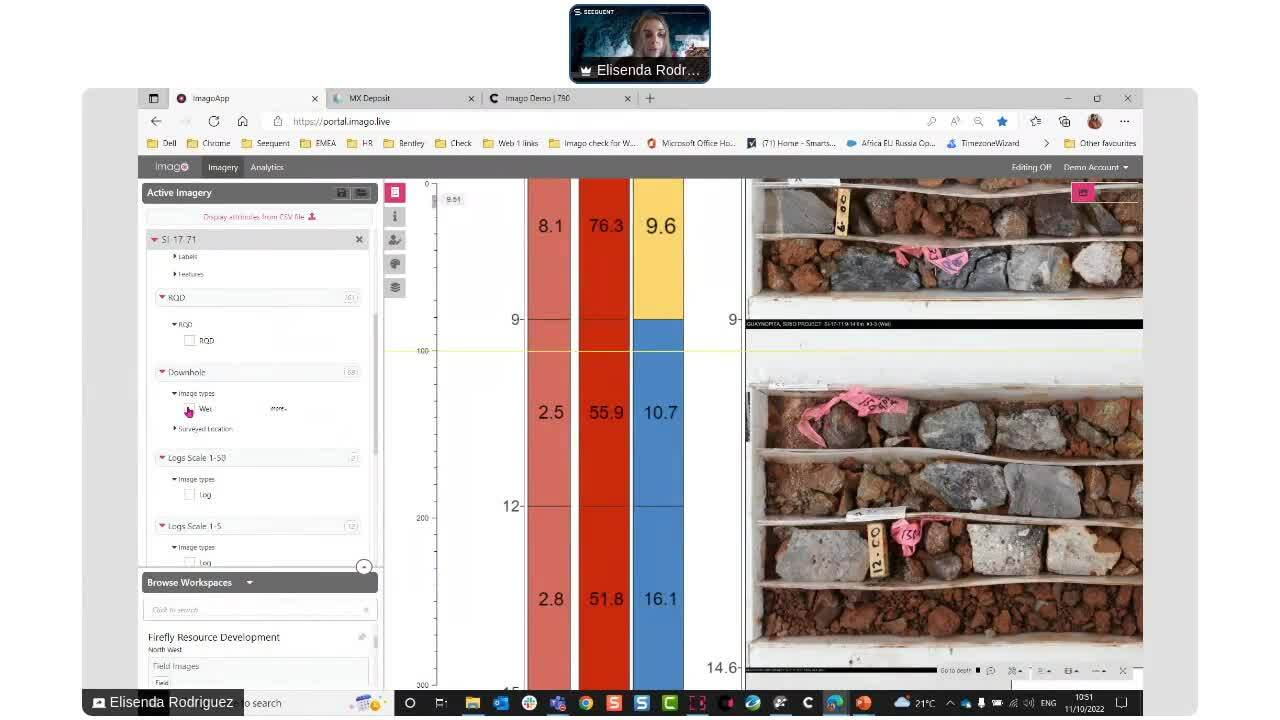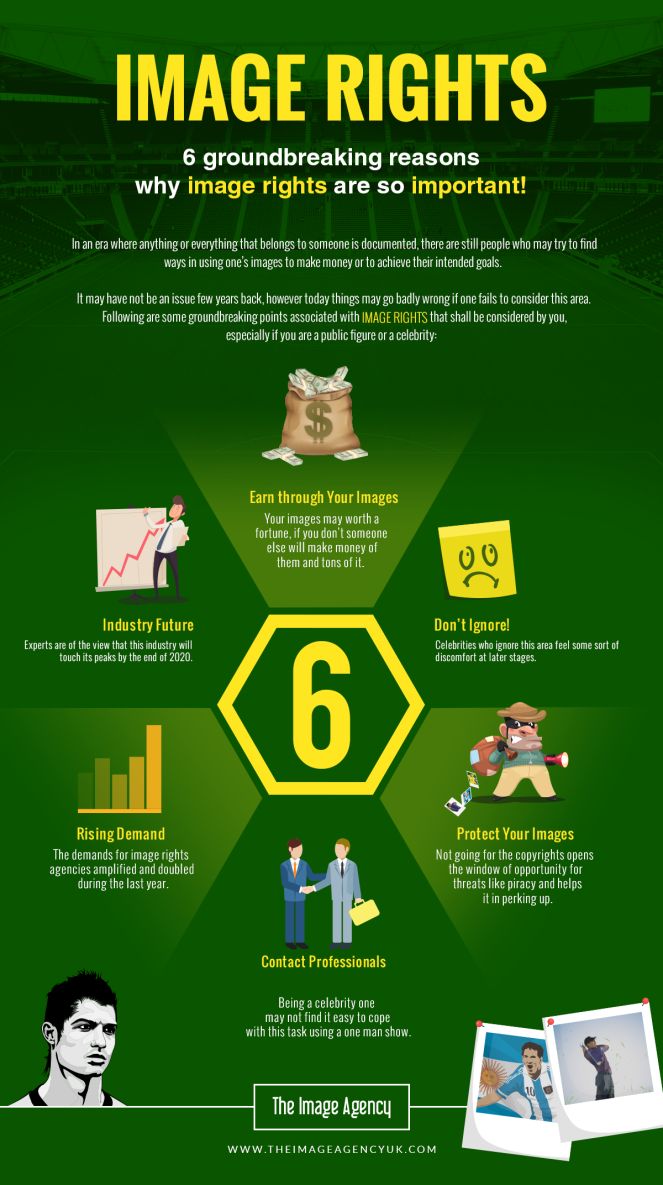Imago Images is a prominent player in the stock imagery industry, specializing in providing high-quality images, videos, and editorial content. Founded in Germany, the platform has expanded its reach, serving a diverse clientele that includes advertising agencies, publishers, and businesses looking for visually compelling content. With a vast library of images spanning various genres and themes, Imago Images helps businesses effectively communicate their messages through stunning visuals.
What sets Imago Images apart is not just the quality of its offerings but also its commitment to rights management. In an age where copyright issues can easily arise, understanding how to navigate rights to images is crucial for users. Imago Images offers a user-friendly platform that empowers creators and businesses to access and utilize visual content legally and ethically. Let’s dive deeper into the rights management options available on
Understanding Rights Management

When diving into the world of stock images, it’s vital to grasp the concept of rights management. At its core, rights management pertains to the licensing and usage guidelines associated with images. This ensures that creators and photographers retain control over their work while giving users clear instructions on how they can use specific images.
At Imago Images, rights management is structured largely around two primary types of licenses:
- Editorial License: This type is typically used for images intended for news reporting, education, or storytelling. It allows the use of images without alteration, and they cannot be used for commercial purposes. Think newspaper articles, blogs about current events, or documentaries.
- Commercial License: If you plan to use visuals for promotional purposes—like marketing campaigns or advertising—this is the type of license you need. Commercial licenses offer much more leeway, allowing for alterations and use in a wide range of contexts, provided the terms of the license are followed.
Each license comes with its own set of terms and duration, so reading the fine print is essential. It’s also crucial to consider factors such as:
| Aspect | Editorial License | Commercial License |
|---|---|---|
| Purpose | Non-commercial, Informational | Commercial, Promotional |
| Modification | No alterations | Allowed |
| Distribution | Limited | Broader distribution allowed |
In summary, understanding rights management on Imago Images allows users to make informed decisions, ensuring that they use images appropriately while respecting the rights of the creators. This not only protects the user legally but also fosters a healthy creative ecosystem.
Also Read This: How to Send Auto-Delete Pictures on Telegram
3. Types of Rights Offered by Imago Images

When it comes to sourcing images for your next project, understanding the types of rights offered by Imago Images can really help you make informed decisions. Imago Images provides a range of rights that cater to different needs, allowing you to find the perfect fit for your requirements. Here’s a breakdown:
- Exclusive Rights: This means you are the only one who can use the image for a specified duration. Exclusive rights add a sense of ownership and are perfect for brands that want to stand out.
- Non-Exclusive Rights: With this option, you share the right to use the image with others. It's typically more affordable and is ideal for projects where uniqueness isn’t a priority.
- Editorial Rights: Images under this category can only be used for news or educational purposes. If you’re a journalist or a magazine editor, this is the route you’d want to explore.
- Commercial Rights: These rights allow you to use images for promotional or advertising purposes. If you’re building a campaign or enhancing your marketing material, look for images that come with commercial rights.
- Royalty-Free Rights: Once purchased, these images can be used multiple times without incurring extra fees. It's a budget-friendly option that often appeals to freelancers and small businesses.
By understanding these various rights, you can safeguard your work while also maximizing your creative potential!
Also Read This: Is A Royal Affair Movie Available on Alamy Stock Photos
4. Licensing Options Available

Licensing is a crucial aspect of working with images, especially if you want to avoid legal headaches down the road. Imago Images offers several licensing options to suit your project needs. Here’s a simple guide:
| Licensing Option | Description | Best For |
|---|---|---|
| Rights Managed (RM) | A specific license that restricts usage based on factors like geography, medium, and duration. | Companies seeking unique images for targeted campaigns. |
| Royalty-Free (RF) | Purchase once and use it repeatedly with no additional fees. | Freelancers and small businesses looking for budget-friendly solutions. |
| Subscription Model | Pay a regular fee to download a set number of images each month. | Regular content creators needing a consistent flow of fresh images. |
| Extended License | Similar to a standard license but comes with added rights, such as the ability to create merchandise. | Businesses wanting to use images in scalable projects. |
Each of these licensing options has its unique perks, so make sure to consider your project's specific needs before diving into a purchase. Feeling unsure? Don’t hesitate to reach out to Imago’s support for personalized advice!
Also Read This: Photographic Prowess: Tips for Taking Outstanding eBay Photos
5. How to Choose the Right License
Navigating the world of licensing can be a bit daunting, especially if you’re trying to figure out how to get the most out of your images while respecting the rights of creators. Choosing the right license on Imago Images is crucial to ensure that you’re using the images properly and within legal boundaries. Here’s a straightforward way to make that choice.
First, consider your intended use of the image:
- Commercial Use: If you’re planning to use the image in advertisements, on product packaging, or in any kind of promotional materials, you'll need a commercial license. This is usually more expensive, but it covers the image for use in profit-driven ventures.
- Editorial Use: For non-commercial purposes, like news articles or blogs, an editorial license is often sufficient. This option generally comes at a lower cost, keeping in mind that it cannot be used for marketing or promotional activities.
- Personal Use: If you’re using an image for personal projects, like a scrapbook, you can look for lower-tier licenses or even free options, as long as these uses respect the creator’s rights.
Next, think about the geographical scope of your project:
- Global Reach: If your project has international implications, choose a license that covers global distribution.
- Local Use: For projects that are more region-specific, localized rights might save you some costs.
Lastly, always read the fine print! Each license will have specific terms and limitations, so it’s essential to understand them fully to avoid any unexpected issues.
Also Read This: Imago Images vs. Getty Images: Which Stock Photo Agency is Right for You?
6. Tips for Managing Rights Effectively
Once you've acquired the right licenses, the next challenge is managing those rights effectively. It's not just about having the right permissions; it’s also about maintaining a clear record to prevent any legal hiccups down the line. Here are some practical tips to help you manage your rights effectively.
1. Keep Organized Records:
Create a central database or a spreadsheet to keep track of all the licensed images, detailing:
| Image Title | License Type | Usage Rights | Expiration Date |
|---|---|---|---|
| Image One | Commercial | Global | 12/31/2024 |
| Image Two | Editorial | Local | 06/30/2023 |
2. Monitor Expiration Dates:
Remaining informed about when licenses expire is vital. Set up calendar reminders to renew as needed.
3. Review Use Cases:
Constantly assess how you’re using licensed images. If you change the context or medium, revisit the license to make sure you’re still compliant.
4. Communicate with Your Team:
If you work in a team, ensure everyone understands the licensing terms and how to respect them. Regular training sessions can be beneficial.
Incorporating these strategies into your workflow will not only safeguard your projects but also foster respect for the creators' rights, setting a standard of ethical media usage.
Also Read This: Best Alamy Images Downloader: Simplifying the Image Downloading Experience
Navigating the Rights Management Options on Imago Images
Understanding rights management options on Imago Images is crucial for anyone looking to source high-quality visuals. As a prominent stock photography provider, Imago Images offers various licensing models tailored to different needs. Here’s a breakdown of the key options available:
- Standard License: This option typically covers a wide range of uses, including websites, social media, and marketing materials. However, it may have restrictions on print runs and large-scale distribution.
- Extended License: Ideal for projects requiring more extensive usage, an extended license allows for larger print runs and inclusion in merchandise, thus providing greater flexibility.
- Editorial Use License: This license is specifically for content intended for editorial use only, such as news articles or blogs. It prohibits commercial use and sale of the images.
- Exclusive License: For those needing unique images, an exclusive license grants rights to one buyer, preventing others from using the same image, often at a higher price point.
When choosing a rights management option, consider the following:
| License Type | Usage Scope | Price Point |
|---|---|---|
| Standard License | Web and Marketing | $$ |
| Extended License | Commercial and Merchandising | $$$ |
| Editorial Use License | News and Blogs | $ |
| Exclusive License | Unique Usage | $$$$ |
Understanding these options will empower you to make informed decisions that align with your project's goals and budget. Carefully evaluating your needs against the rights management options offered by Imago Images can set the foundation for successful visual storytelling.
Conclusion: Making Informed Choices on Imago Images
By understanding the various rights management options provided by Imago Images, you can select the best license for your needs, ensuring that your visual content is used effectively and legally.
 admin
admin








